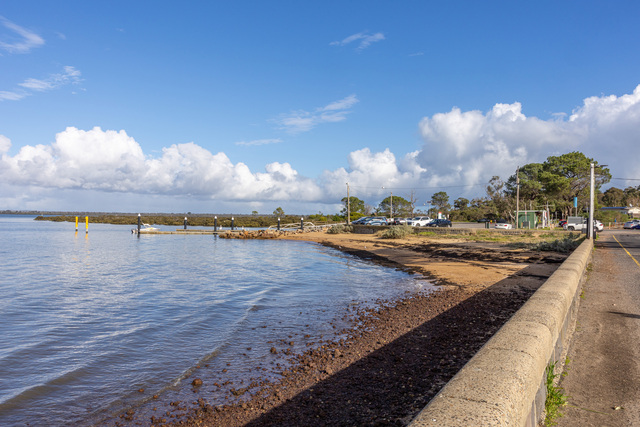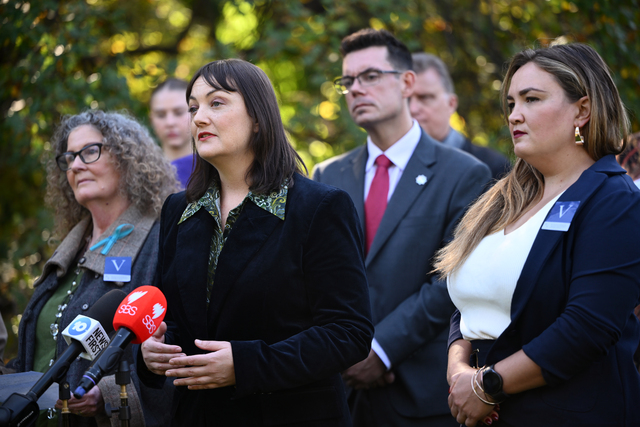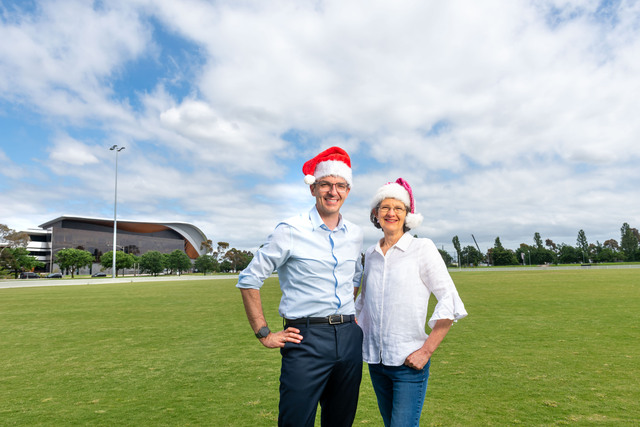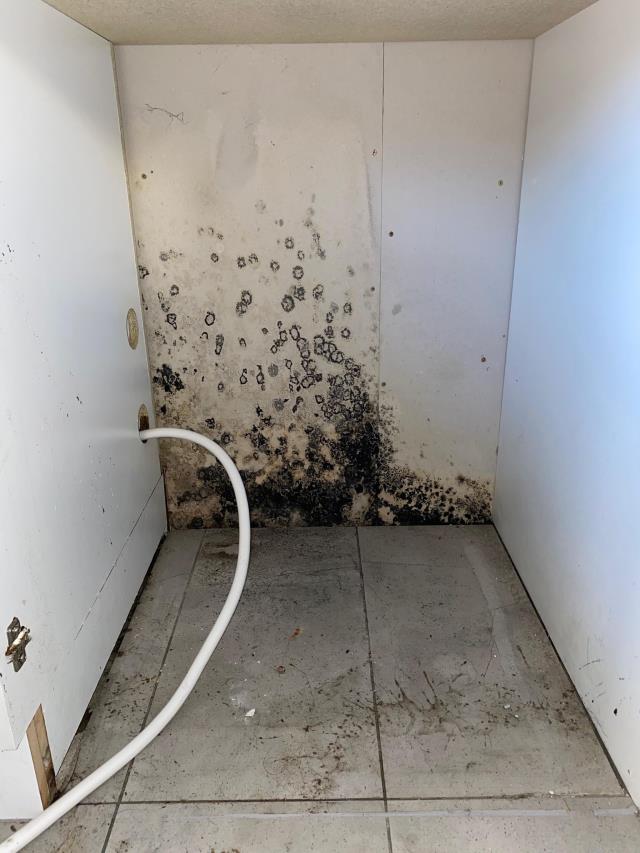As the modified proposal of the Port of Hastings Terminal has gained Federal approval to proceed further, conservation groups are calling for “exhaustive” scrutiny under the environmental assessment, public involvement, a full investigation of alternative sites, and a strategic plan to protect the Western Port.
Last week, the Federal Environment Minister Murray Watt confirmed that the proposed Port of Hastings Terminal would be a “controlled action”, which means the modified project would proceed to environmental assessment under the EPBC Act.
According to Bass MP Jordan Crugnale, it signified “a positive step for Victoria’s offshore wind industry”.
The project, officially known as the Victorian Renewable Energy Terminal, was proposed back in 2023 to “develop and operate a facility to serve as a base for the assembly of offshore wind farms” at the Port of Hastings. The then-Federal Environment Minister Tanya Plibersek rejected it straight away, which prompted a modified proposal to be submitted in June this year.
Environmental conservation organisation Save Westernport stated in its submission to the modified proposal that if the Minister rules the revised project a controlled action, it must undergo a “comprehensive, rigorous, transparent and peer-reviewed environmental effects statement (EES)”.
This should include an in-depth exploration of alternative locations and nature-positive mitigation strategies for habitat loss and ecosystem disruption.
The group said the new referral was little more than “a second bite of the cherry” after the then-Federal Environment Minister Tanya Plibersek ruled the initial 2023 version “clearly unacceptable” due to permanent and irreversible ecological damage.
While the State Government claimed major reductions in dredging (by 70 per cent) and reclamation (by 35 per cent) in the modified proposal, the group questioned whether these changes are meaningful when any dredging was previously deemed unacceptable.
It cited inconsistent project footprint figures, doubts over “small and localised” turbidity claims, and continued loss of seagrass, mudflats and mangroves.
Save Westernport questioned why alternative sites, particularly Geelong, which it claimed could avoid dredging, were not pursued.
It quoted the State Government’s main reasons in support of the Port of Hastings Terminal, including available land and being government-owned.
“If the key reason for selecting the Port of Hastings is because it’s publicly owned, and therefore, the costs are much lower than a private port; this needs to be fully examined,” the group stated.
“The issue of cost should not be the principal driver here – it should be the environment.”
The group also argued the revised referral still fails to consider cumulative impacts over the project’s lifetime, especially when combined with other industrial activities in Western Port.
“This must be an essential aspect of any further consideration of this project, if a controlled action is approved,” the group said.
“The identified impacts have focused solely on the design and construction of the port infrastructure, not its cumulative impacts over time and or in conjunction with existing industry.”
Phillip Island Conservation Society (PICS), another conservation organisation, is calling for public consultation on the revised EES scope to include matters of national environmental significance, the public release of a comparative study of Western Port and alternative or multi-port sites, and the creation of a marine spatial plan to assess cumulative impacts.
PICS stated the revised design remains “unacceptable”, noting it would still destroy or permanently modify 45.2 hectares of Ramsar wetland, including 12 hectares of intertidal mudflat and 9.38 hectares of seagrass.
“PICS considers that the focus on percentage terms in the referral downplays the absolute scale of loss of areas of Ramsar wetland, and this loss remains unacceptable,” it stated.
The group also highlighted unresolved uncertainties in dredging volumes, long-term operational impacts, cumulative effects, and incomplete mitigation plans.
Both groups backed the shift to offshore wind and renewable energy, but they believed it must not come at the expense of one of Victoria’s most ecologically significant wetlands.
Dr Kat Lucas-Healey, senior Climate and Energy advisor at Environment Victoria, said the organisation is calling for the State government to commit to implementing a strategic plan to protect Western Port Bay, in light of Murray Watt’s decision to allow the Victorian Renewable Energy Terminal to move forward.
“The offshore wind industry is vitally important to Australia’s clean energy transition, but it needs to be done properly,” she said.
“The Victorian government has clearly done a lot more work to refine their proposal this time around, but they are still not doing enough to protect the Bay.
“This is not a moment for crashing through, but a moment for demonstrating serious environmental and social credentials. They are also yet to convince the community why this facility should be built in a Ramsar wetland rather than elsewhere.
“We call on the Victorian government to commit to implementing a Strategic Plan for Western Port, as has been proposed by the Western Port Biosphere Reserve Foundation, Save Westernport, Phillip Island Conservation Society and the Victorian National Parks Association.”







